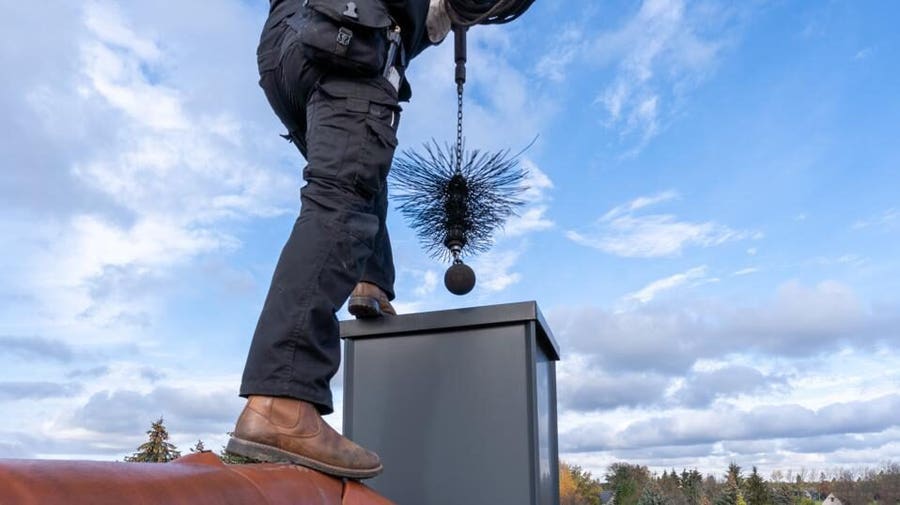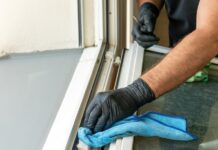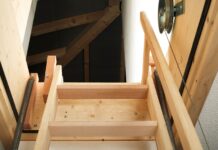Chimneys serve an important purpose in homes, providing proper ventilation for fireplaces, wood stoves, and heating systems. Over time, soot, creosote, and debris can build up, which may cause hazards such as fires or carbon monoxide poisoning. Keeping them clean and safe is not just an option—it’s a necessity.
Professional ramonage cheminée involves specialized equipment designed to handle various types of build-up in the chimney.
In Belgium, regular chimney sweeping is mandatory for insurance purposes. Having a certified professional handle the job ensures that the process is completed correctly, helping to avoid potential dangers.
The following step-by-step guide walks through how professional chimney sweeps approach the task.
Key Points:
- A chimney must be swept for safety and efficiency.
- Professional equipment ensures thorough cleaning.
- Certified professionals inspect for hazards.
- Prevention of fires and carbon monoxide poisoning is critical.
- Proper cleaning improves system performance.
Preparation and Inspection
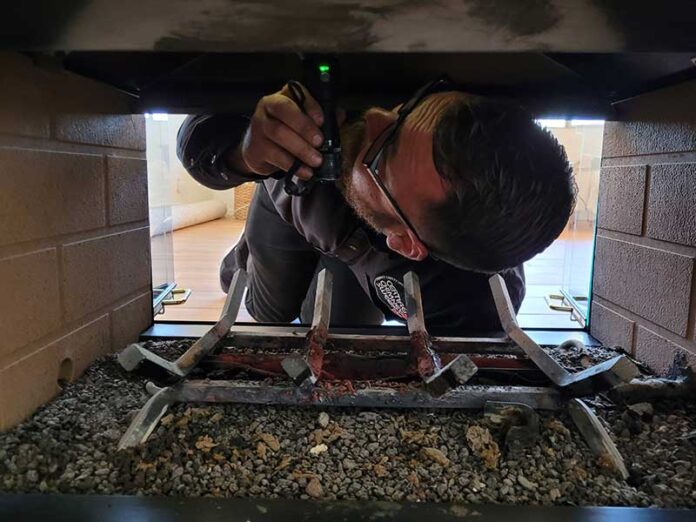
Before any work begins, the professional evaluates the condition of the chimney. They inspect both the exterior and interior for signs of wear, cracks, or any other issues.
This first step helps determine whether the chimney has any blockages or structural problems that could affect the cleaning process. They also assess how much soot, creosote, or other debris has accumulated.
This inspection is essential, as it identifies any existing risks that might turn into more serious issues if not addressed. Problems such as nests, loose bricks, or cracks may cause significant trouble down the line.
Once the inspection is complete, the chimney sweep ensures that the home is protected. They lay down protective sheets to cover furniture and floors near the fireplace or stove, preventing soot and debris from spreading.
Sweeping the Chimney
Wire brushes are commonly used to scrape the walls of the chimney. Depending on the length and configuration, rods may be attached to these brushes to extend the sweep further.
The sweep moves the brush up and down the chimney to dislodge creosote and soot from the walls. With each stroke, the debris falls to the bottom of the fireplace or wood stove area. The professional continuously monitors the process to ensure that no areas are missed.
Modern chimney sweeps may use vacuum systems to capture loosened debris immediately, which helps prevent any mess from spreading into the house. These powerful vacuums make it easier to handle the accumulated dust and soot, creating a cleaner environment.
Soot and Creosote Removal
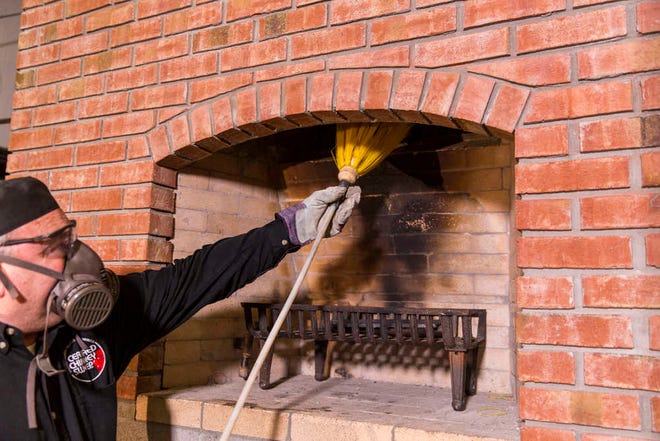
After the sweeping process, the next focus is on removing the collected soot and creosote. Creosote is a by-product of burning wood that can ignite if allowed to build up. Chimneys that have heavy creosote accumulation can become a fire hazard, so removing it is crucial.
Soot can also obstruct proper airflow in the chimney, leading to inefficiency in the home’s heating system. Sweeps use specialized brushes and vacuums to remove all traces of soot and creosote from the bottom of the chimney and the firebox area.
Additional Services and Inspection
Chimney sweeps often offer additional services beyond just sweeping. They may check for potential blockages or cracks in the chimney lining, which could lead to inefficiency or safety hazards. If necessary, they can also repair or replace damaged components, such as the chimney cap or flue liner.
Chimney sweeps also provide a detailed report and certificate of completion after the cleaning is done. This document certifies that the chimney has been properly maintained, and it can be vital for insurance purposes. If optimizations are possible, the professional will offer advice on how to improve the performance and safety of the chimney in the future.
Chimney Cap and Flue Maintenance
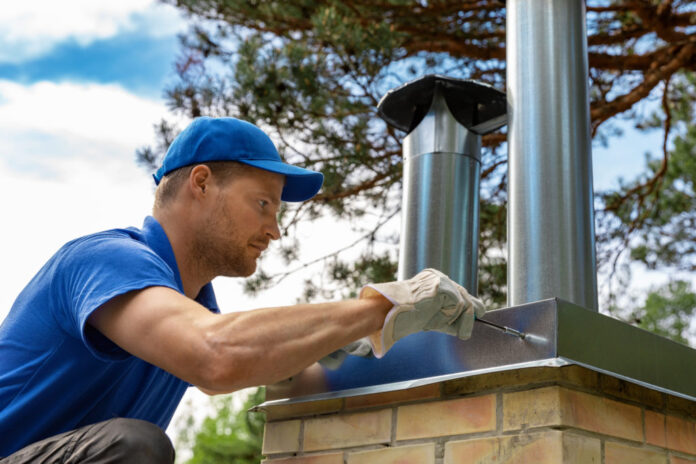
The chimney cap prevents water, debris, and animals from entering the chimney. During a professional cleaning session, the chimney sweep inspects the cap to make sure it is intact and functioning correctly. A damaged or missing cap can allow water to enter, which may lead to damage inside the chimney or house.
The flue, which controls the passage of air through the chimney, is another key component inspected. If the flue is blocked or damaged, airflow becomes restricted, leading to inefficiencies or safety risks. Professionals use specific tools to test the flue and ensure it operates properly.
Post-Sweep Cleaning and Final Checks
Once the chimney sweep completes the sweeping process and removes all debris, they begin a final inspection to confirm that everything has been properly addressed. This stage includes checking the exterior, interior, and any accessible parts for remaining soot, creosote, or signs of damage.
The work area is tidied, and any protective coverings laid down earlier are removed. By the time the job is finished, no trace of soot or debris remains in the house.
Final Thoughts
Chimney sweeping plays a vital role in home safety. From inspecting the chimney’s structure to removing dangerous build-up, professionals follow a precise process to ensure the job is done right.
When completed, homeowners receive a certificate confirming that the chimney is safe and compliant with insurance regulations. By choosing a certified professional, homeowners guarantee that their chimney functions efficiently and remains hazard-free throughout the year.

